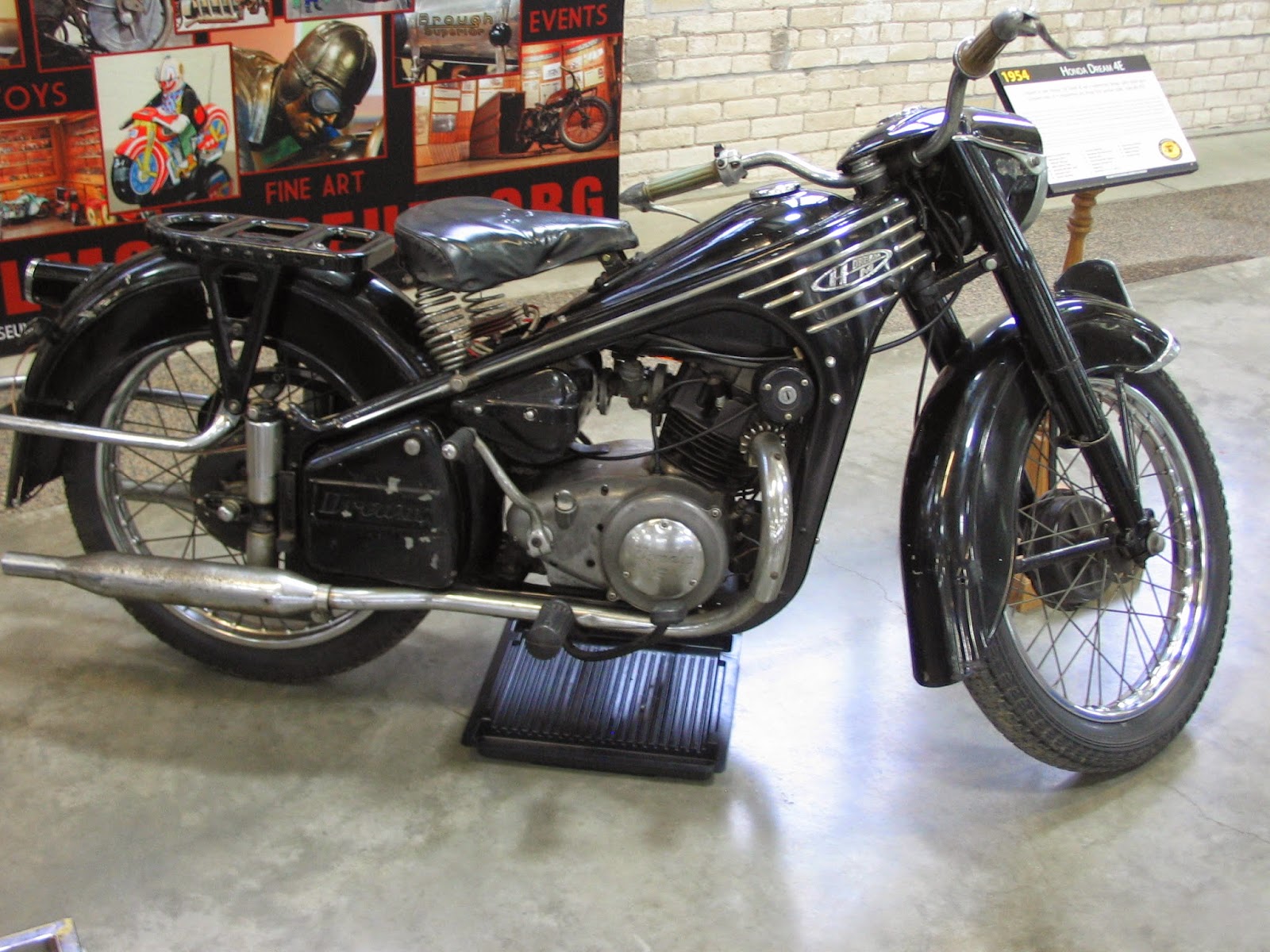The term "tired" is one often used to describe the engine condition of our antique (or on the verge of antique) bikes. Often times that is an apt description. Worn cylinders/pistons/rings/valves/guides and pitted valve seats all take away from the performance we originally enjoyed. Most of the time a fresh top end rebuild would be all it would take to return the old girl to her former [performance]glory. But with the passing of the years and the oft repeated "freshening" we may wake up one morning (after an evening of thrashing gears with buddies on their Twin Cams) thinking that maybe the old girl never was as quick as we thought we remembered. Perhaps you've heard of the syndrome: "the older I get, the faster I used to be..."
But wait, ...maybe it's not all due to a faulty memory. What if your trusty old steed really has lost a step or two over the years
despite a fresh top end rebuild? This could creep up on you slowly (like most everything else that creeps up on you). Repeated valve jobs can actually decrease performance despite sealing the combustion chambers better than the tired condition it was meant to improve upon. The reason is compression ratio. Compression makes power! That's not a secret, but sometimes we forget that each time we grind our valve seats we are also increasing the combustion chamber size and lowering the compression ratio.
As a matter of fact, I have previously written on this subject
here.
One valve job; no problem. Another couple valve jobs -still maybe OK, ...depending on how much it takes to clean up the seats each time. And that is often where things can get quickly out of hand. Take a cheap, generic valve guide of unknown origin. Is the bore of the guide concentric with the outer diameter? If not, then when you install it and start to grind or cut the seat, you will be off center from the last valve job which will force you to cut deeper to get a good seat.
This Shovel shows evidence of multiple valve jobs, but it is not uncommon to see seats considerably deeper than these
Just to reiterate, and to give you some examples as to how this works out, I have made a few calculations. One thing that these calculations take into account is that the deeper a valve is sunk into the head, the more likely that there will be additional material removed from the head so that the valve is not shrouded by the chamber, which would otherwise disrupt air flow. The figures given assume that at a depth of .050" deeper than stock, no un-shrouding was done. Further, they assume that when sunk .100" deeper than stock, the valves will have been un-shrouded. The additional amount of material removed for un-shrouding purposes was determined from actual measurements using 1-3/4" diameter valves. Of course your results would vary somewhat unless you used the same tooling and dimensions for the un-shrouding process.
So on a 61" EL model Knuckle which had a 7:1 compression ratio in stock configuration, sinking both valves .050" would lower the ratio to 6.78:1. Not so bad. But sinking the valves a total of .100" past stock would result in 6.33:1. At this point you have a lower compression ratio than the low compression E model's 6.5:1.
What about on a 74" FL Knuck? .050" lowers the ratio from 7:1 to 6.78:1, but sinking them .100" makes your motor 6.45:1. (disclaimer: your 74" Knuck is probably not 7:1 anyway, since the pistons available today are unlikely to have the same dome volume as the original Knuckle piston)
Now Panheads are going to be especially prone to this scenario since seat replacement is, shall we say, ...problematic. The FLH's 8:1 compression ratio drops to 7.7:1 with the valves sunk .050" and to almost exactly the same as the low compression FL model when sunk .100". If you start out with the low compression FL you will end up with Knucklehead type compression ratios: 7:1 when the valves are .050" deeper and 6.65:1 at .100".
With their larger intake valve, Shovelheads suffer from the effect even more. A 74" with 8:1 ratio will be reduced to 7.66:1 if both valves are sunk .050". Make that .100" deeper than stock and your motor is all the way down to 7.18:1. An 80" Shovel also rated at 8:1 will similarly be reduced to 7.69:1 with a .050" deeper valve job, and down to 7.24:1 at a depth of +.100".
One thing you might take away from all this is that there is very little reason to buy the low compression version of the replacement pistons on the market today. In fact, it may cause you to select higher than stock compression pistons for many applications, especially if hotter cams are being employed. Remember, compression makes power, and if you want old reliable to be as fast as she was in her younger days, you need some of that.
















